This article was co-authored by Laura Marusinec, MD and by wikiHow staff writer, Christopher M. Osborne, PhD. Dr. Marusinec is a board certified Pediatrician at the Children's Hospital of Wisconsin, where she is on the Clinical Practice Council. She received her M.D. from the Medical College of Wisconsin School of Medicine in 1995 and completed her residency at the Medical College of Wisconsin in Pediatrics in 1998. She is a member of the American Medical Writers Association and the Society for Pediatric Urgent Care.
There are 10 references cited in this article, which can be found at the bottom of the page.
This article has been viewed 20,453 times.
You may think of a hernia as a medical condition that affects adults, but it is actually a common occurrence in children and causes a significant number of the total surgical procedures done on small kids. In the most basic terms, a hernia occurs when a part of an internal organ pushes through a gap or hole in the surrounding tissue. Hernias can occur in many anatomical locations, including the brain and diaphragm, but most common hernias in children are inguinal and umbilical. Most hernias do not cause significant medical problems, but they can become severe or even life-threatening with little warning. Therefore, it is important to seek medical advice when you suspect a hernia, and very helpful to be able to recognize signs of a possible hernia in a child.
Steps
Identifying Inguinal Hernias
-
1Look for a swollen bulge of flesh in the groin area. The telltale sign of any hernia is a bump, bulge, or bubble that protrudes from the body. Inguinal hernias in children usually occur in the crease in between the lower abdomen and the inner thigh, and the bulge may (but doesn’t always) continue into the genital area.[1]
- Some inguinal hernias “stick out” at all times, while others are not noticeable at all times. Hernias that are reducible on their own will usually appear only when the child is coughing, laughing, crying, or doing something else that strains the abdominal region. They are often also more noticeable when the child is standing.[2]
-
2Seek a medical assessment if you suspect a possible inguinal hernia. Some three-quarters of hernias diagnosed among the entire population occur in the groin area (and are known as inguinal hernias). This is a particularly common spot for hernias among small girls and especially boys, because an improperly closed inguinal canal (through which a male's testicles descend just before birth) can provide an easy path for the intestines to push through.[3]
- Checking for inguinal and other kinds of hernias should be part of all regular pediatric infant and child physical exams.
- Practically speaking, every inguinal hernia will (or at least should) result in a surgical intervention. Even if the hernia resolves on its own, it will almost certainly recur over and again if the opening in the inguinal canal is not closed.
- Any inguinal hernia should be examined by a doctor or qualified Certified Pediatric Nurse Practitioner (CPNP). If the hernia does not pull back in on its own or is not “reducible” (able to be pushed back in) by the physician, immediate surgery is the most likely recourse. Otherwise, a simple surgical procedure done within a short period of time is usually advisable.
Advertisement -
3See if the bulge goes away or remains in place at all times. Reducible hernias that come and go on their own are not immediately harmful in most cases, but should still be examined by a doctor within a short period of time. “Incarcerated” hernias, on the other hand, which are trapped in place and protrude continually, should be examined at once.[4]
- Incarcerated hernias are not immediately harmful, but they can quickly become “strangulated” hernias, which are and must be surgically repaired as soon as possible.
-
4Recognize the signs that emergency medical attention is required. As indicated by the name, a strangulated hernia cuts off blood flow to the protruding part of the intestine (or other organ). This can cause irreparable damage to the organ within a short period of time, and can also result in a cascade of other severe consequences.[5]
- If your child has a protruding hernia along with substantial pain in the general area; vomiting or nausea; noticeable irritability; fever; or if the bulge hardens or becomes red or discolored, assume it is strangulated and take the child to the nearest emergency room or call 911 or your emergency services number immediately. Do not wait. Act at once. Be safe, not sorry.
Uncovering Umbilical Hernias
-
1Watch for a bulging belly button. Umbilical hernias occur in the opening in the muscle tissue through which the umbilical cord passed before birth. As such, the telltale bulging of this type of hernia will appear right at or very near to the belly button.[6]
- Most umbilical hernias are inherently reducible; that is, they appear and retract on their own. They appear most often when the child is crying, and may also appear when strain is placed on the abdominal muscles (coughing, hearty laughing, etc.).
- So, if you spot a potential umbilical hernia and then it goes away, do not immediately assume it is gone for good. Keep checking occasionally, especially as the child has a crying fit, for instance.
-
2Take a wait-and-see approach, but only with your doctor’s approval. Umbilical hernias occur almost exclusively in babies and small children, and usually resolve on their own before an affected child reaches school age (if not by age two). They rarely cause significant health problems, but you should always notify your child’s physician if you suspect the condition. As is always the case with the health of small children, safe is better than sorry.[7]
- It is possible that the doctor will simply tell you to keep an eye on the umbilical hernia and report any changes or new symptoms. You do not need to rush your child to the emergency room if you suspect an umbilical hernia, unless there are significant additional symptoms (vomiting, severe pain, redness or hardness, fever, etc.) that indicate a major problem and you should seek a qualified pediatric emergency room as soon as possible.
- In manly cultures, parents by tradition will try and reduce the umbilical hernia affixing old coins secured with adhesive to the belly button. Unfortunately, this practice increases the risk of infection of the umbilicus with common germs or worse with dangerous germs such as botulism and should be avoided.
-
3Decide if surgery is advisable and know when it is necessary. Most umbilical hernias will go away for good on their own within the first few years of life and will not cause any health problems along the way. If the hernia is causing discomfort or embarrassment as the child gets a bit older, a simple elective surgical procedure may be warranted. Even then, however, surgery is usually not a necessity.[8]
- If the hernia recurs beyond the age of four or five, is larger than two inches in diameter or grows in size, or causes pain, it should probably be dealt with surgically.
- In the rare instance that an umbilical hernia presents along with other symptoms associated with potentially dangerous hernias — such as ongoing nausea or vomiting, significant pain, or redness, discoloration, or swelling — seek medical attention right away.
Learning More About Childhood Hernias
-
1Identify hernia risk factors for children. Any child can develop a hernia, but certain genetic and environmental factors can make the likelihood much greater for some kids. If you know that your child is at a higher risk for developing hernias, you can and should be more vigilant in watching for them and dealing with them if they appear.
- Common risk factors for childhood hernias include: family history (increases likelihood by 10%); premature birth (increases likelihood by 30%); male gender (hernias are significantly more common in males of any age); cystic fibrosis or similar conditions; chronic cough; chronic constipation; excess body weight; and prior hernias.[9]
- Umbilical hernias are more common in children with African ancestry.[10]
-
2Focus on the most common hernia types in kids. Many different kinds of hernias can occur, primarily in the greater abdominal region between the chest and the hips. As identified elsewhere in this article, however, inguinal (groin area) and umbilical (belly button) hernias are far and away the most common types in children.[11]
- For instance, it is possible for a child to have a hiatal hernia (in which the stomach pushes through the diaphragm and into the chest) due to a birth defect, but this type of hernia usually happens in adults over the age of 50. See How to Know if You Have a Hernia for more examples of hernia types.
-
3Know when to call the doctor and when to go to the emergency room. Anytime you suspect a child has a hernia, you should inform his or her physician. The doctor will advise you to keep an eye on the hernia, bring the child in for an exam, or, in rare instances, seek immediate medical attention.[12]
- Go to the nearest emergency room immediately if you suspect a strangulated hernia, in which blood flow is being cut off to a part of the protruding organ. Watch for significant pain, nausea or vomiting, or redness, discoloration, fever, or continued swelling.
- Umbilical hernias often disappear without recurring on their own; inguinal hernias may disappear but will almost always recur without eventual surgical intervention. Either way, play it safe and contact your doctor.
- Other serious hernias include: diaphragmatic hernias, a rare birth defect in which organs in the abdomen push through an abnormal opening in the diaphragm and enter the chest cavity;[13] brain herniation, when brain tissue moves to an abnormal position within the skull, usually caused by a head injury, tumor, or other trauma that causes brain swelling; [14] gastroschisis or omphalocele, a birth defect in which the baby's intestines are outside of his body when he is born.[15]
-
4Gain additional insights into hernias. Especially if your child is at an elevated risk for developing hernias, talk to the pediatrician about signs and symptoms to watch out for and procedures to follow. Early detection of any type of hernia can usually prevent lasting negative health consequences.
- Consult this detailed wikiHow article on hernias for a wide range of information regarding the identification and treatment of various types of hernias.
References
- ↑ https://www.healthychildren.org/English/health-issues/conditions/abdominal/Pages/Inguinal-Hernia.aspx
- ↑ https://kidshealth.org/en/parents/inguinal-hernias.html
- ↑ http://www.cincinnatichildrens.org/health/i/inguinal-hernia/
- ↑ http://kidshealth.org/en/parents/hernia.html
- ↑ http://kidshealth.org/en/parents/hernia.html
- ↑ https://www.stanfordchildrens.org/en/topic/default?id=inguinal-hernia-in-children-90-P03092
- ↑ https://myhealth.alberta.ca/Health/Pages/conditions.aspx?hwid=rt1510
- ↑ https://www.healthychildren.org/English/health-issues/conditions/abdominal/Pages/Inguinal-Hernia.aspx
- ↑ http://www.cincinnatichildrens.org/health/i/inguinal-hernia/
- ↑ https://www.stanfordchildrens.org/en/topic/default?id=inguinal-and-umbilical-hernia-90-P01998
- ↑ https://www.stanfordchildrens.org/en/topic/default?id=inguinal-and-umbilical-hernia-90-P01998
- ↑ http://kidshealth.org/en/parents/hernia.html
- ↑ https://www.nlm.nih.gov/medlineplus/ency/article/001135.htm
- ↑ https://www.nlm.nih.gov/medlineplus/ency/article/001421.htm
- ↑ http://www.cdc.gov/ncbddd/birthdefects/gastroschisis.html
- ↑ http://www.cincinnatichildrens.org/health/i/inguinal-hernia/
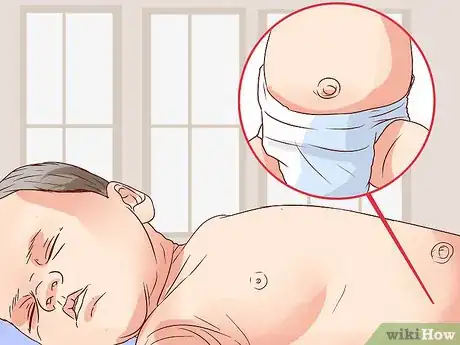
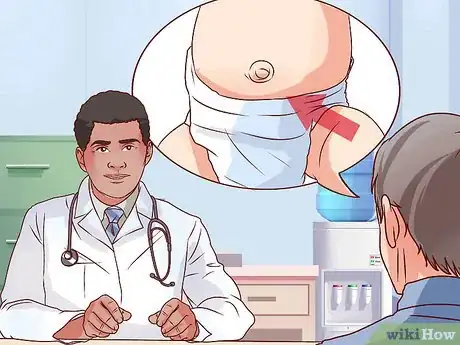
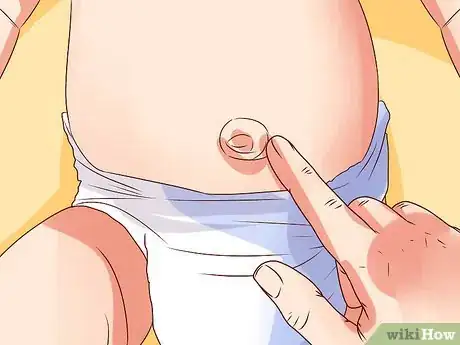
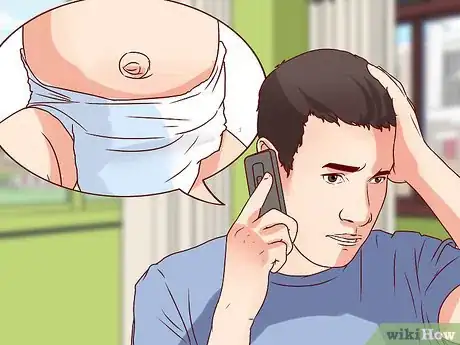
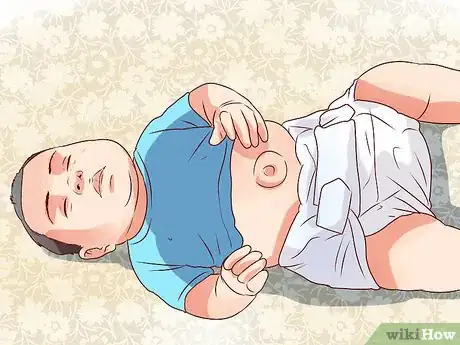
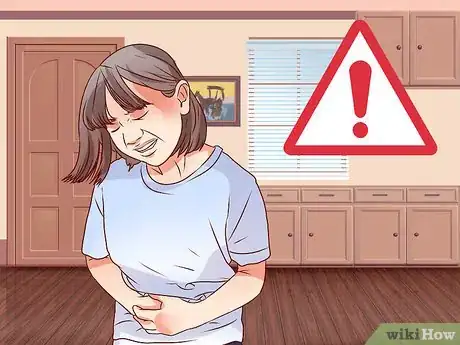
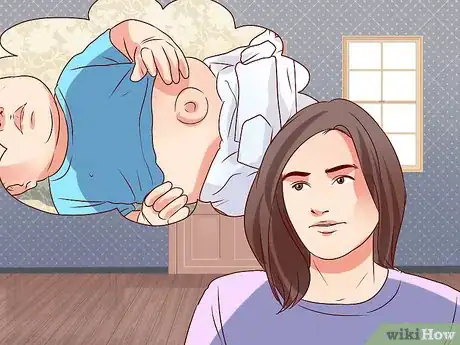

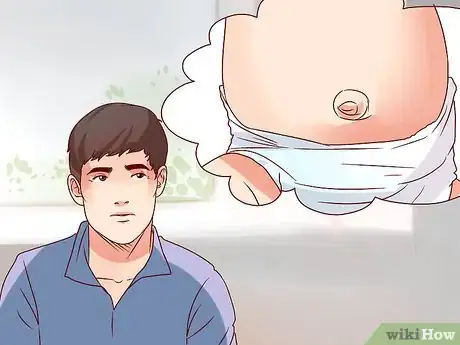
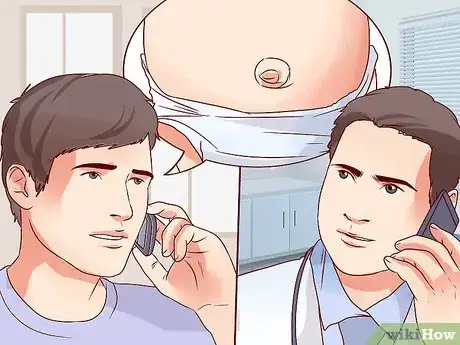
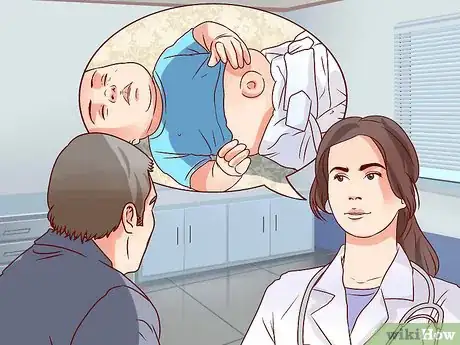

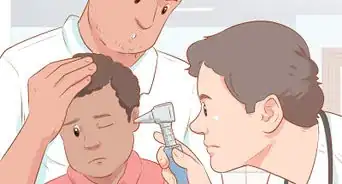

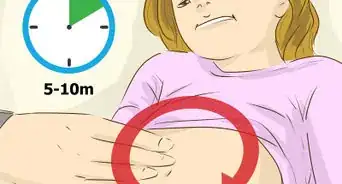


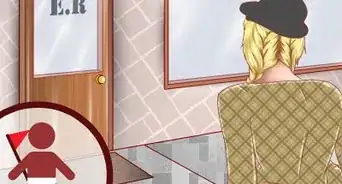
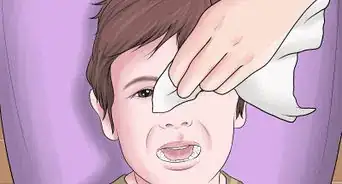

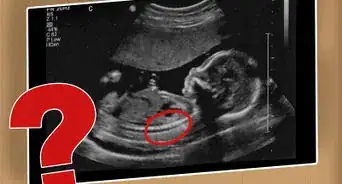
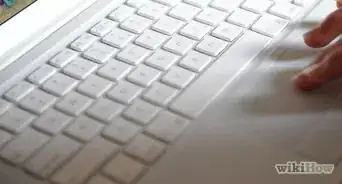

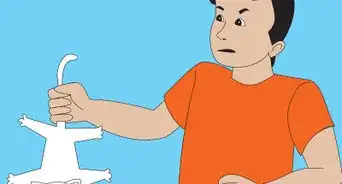









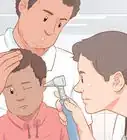

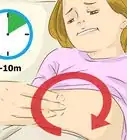




































Medical Disclaimer
The content of this article is not intended to be a substitute for professional medical advice, examination, diagnosis, or treatment. You should always contact your doctor or other qualified healthcare professional before starting, changing, or stopping any kind of health treatment.
Read More...